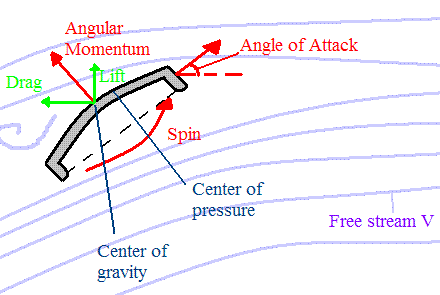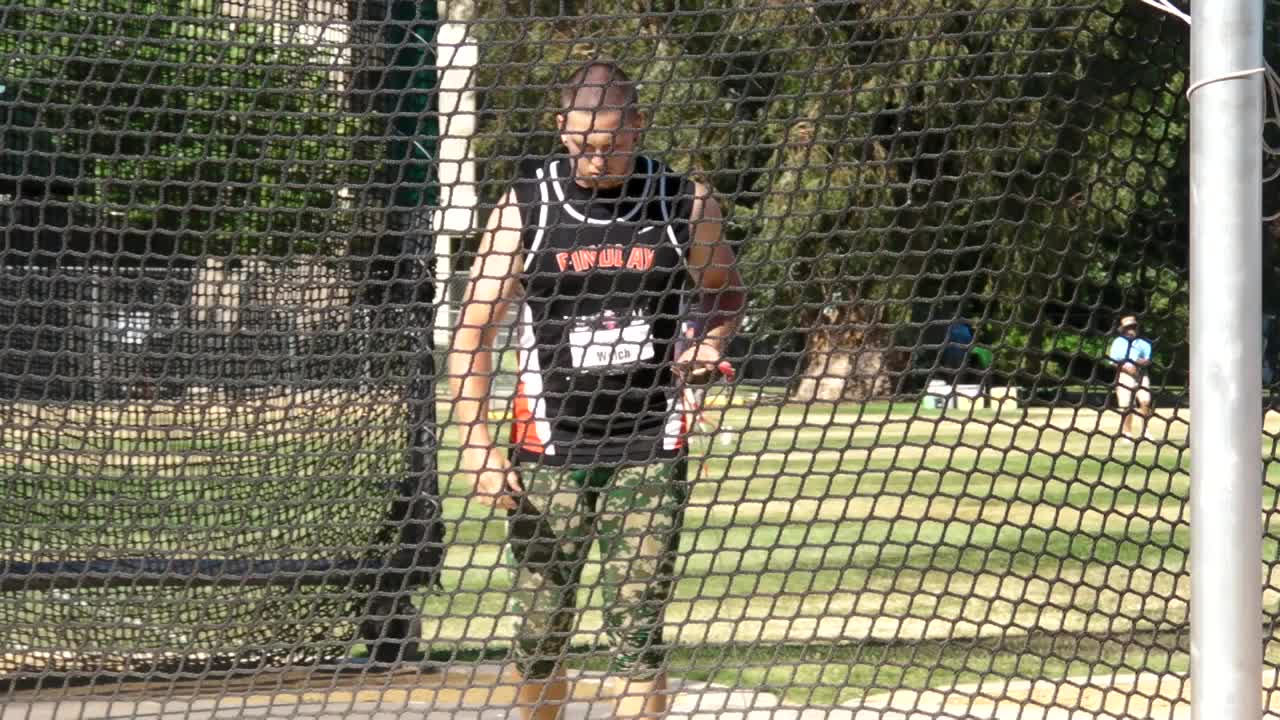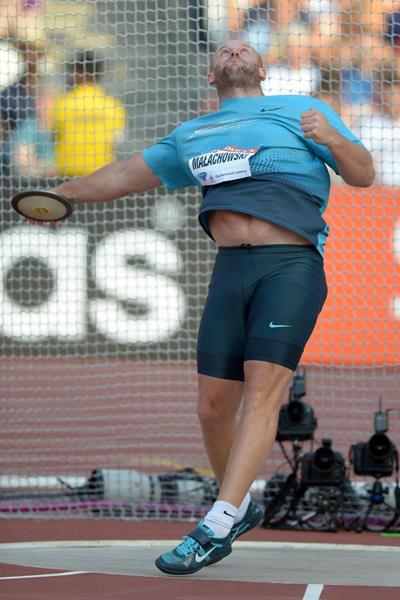Aerodynamic Lift + Air Resistance + Gravity
Aerodynamic lift is generated when the discus’ flight opposes the direction of flow from air. As the discus turns, the air flow moves in a perpendicular direction creating pockets of equal and opposite force i.e Lift.
The lift generated depends on various factors. The speed and density of the air along with the angle of attack of the discus all contribute to the overall lift experienced.
Air resistance will slow down down the discus by applying force into the opposite direction.
While the discus is in flight, it is constantly being ‘pulled’ to the ground via gravity at a rate of 9.8 metres per second. As per Newtons Law of Inertia, the higher rim weighted discus has a larger inertia and likewise once it is in flight, a greater force will be needed to overcome the inertia/ oppose the direction of the flight path.
As it takes less force to slow down a discus of low rim weight, due to air resistance it will begin to lose its rotation quicker than one of a higher rim weight. This air resistance will cause an instability and will tilt one side of the discus towards the ground. The tilting action results in the discus losing its lift and likewise decends quickly to the ground.
Now, on to materials…









![Women’s Shot Put [IAAF World U20 Championships Tampere 2018]](https://throwersuniteworldwide.com/wp-content/uploads/2018/07/Madison-Lee-Wesche-Tampere-90x60.jpg)
![Women’s Shot Put [IAAF World U20 Championships Tampere 2018]](https://throwersuniteworldwide.com/wp-content/uploads/2018/07/Madison-Lee-Wesche-Tampere-180x120.jpg)
![Men's Shot Put [IAAF World U20 Championships Tampere 2018]](https://throwersuniteworldwide.com/wp-content/uploads/2018/07/Kyle-Blignaut-U20-World-Champion-90x60.jpg)
![Men's Shot Put [IAAF World U20 Championships Tampere 2018]](https://throwersuniteworldwide.com/wp-content/uploads/2018/07/Kyle-Blignaut-U20-World-Champion-180x120.jpg)
![Diamond League Doha [Results + Videos]](https://throwersuniteworldwide.com/wp-content/uploads/2017/08/Sandra-Perkovic-Discus-Throw-Birmingham-90x60.jpg)
![Diamond League Doha [Results + Videos]](https://throwersuniteworldwide.com/wp-content/uploads/2017/08/Sandra-Perkovic-Discus-Throw-Birmingham-180x120.jpg)

